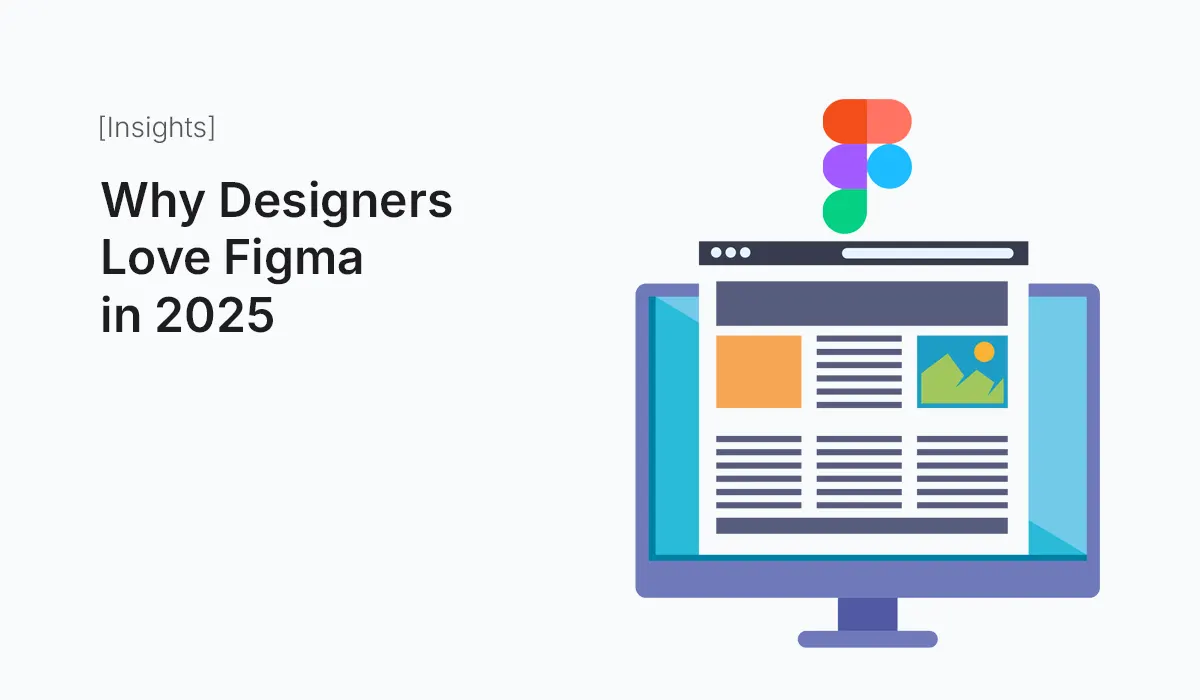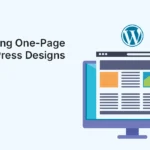Introduction
The design industry is constantly evolving, and so are the tools designers rely on. Over the years, Adobe Photoshop, Sketch, and other design tools have had their moment in the spotlight. But in 2025, Figma stands out as the most loved design platform worldwide.
What started as a cloud-based collaborative tool in 2016 has now become the backbone of UI/UX design, product design, and even creative collaboration across industries. From solo freelancers to Fortune 500 companies, Figma has captured the hearts of designers everywhere.
So why exactly do designers love Figma in 2025? Let’s explore.
Cloud-Based Collaboration Still Reigns Supreme
In 2025, real-time collaboration remains one of Figma’s strongest selling points. Unlike traditional software where files are local, Figma operates entirely in the cloud.
- Designers, developers, and clients can work together in the same file at the same time.
- No more endless “final_v5_edit_final” file names.
- Feedback happens in real-time with comments pinned directly to the design.
For distributed teams, this collaborative environment is a game changer.
Cross-Platform Freedom
Figma continues to be platform-agnostic. Whether you’re on Windows, macOS, Linux, or just using a web browser, Figma runs smoothly.
In 2025, the mobile Figma app is more robust, making it possible for designers to review, comment, and even tweak designs on the go. This flexibility is one reason Figma is universally adopted across teams.
Integrated Design + Prototyping
Designers once had to switch between Sketch (for design) and InVision (for prototyping). But with Figma:
- You can create interactive prototypes without leaving the platform.
- Flows, animations, and transitions can all be set up in the same file.
- Sharing a clickable prototype is as easy as sending a link.
This streamlined workflow reduces friction and keeps designers focused on creating instead of juggling multiple tools.
FigJam: Beyond UI Design
Since its launch, FigJam (Figma’s whiteboard tool) has grown into an essential collaboration hub in 2025.
- Teams use FigJam for brainstorming, wireframing, and workshops.
- Remote collaboration feels natural with sticky notes, voting, and built-in templates.
- FigJam is no longer just a whiteboard—it’s a central hub for product ideation.
For many companies, FigJam has replaced tools like Miro and MURAL, making Figma the all-in-one creative space.
Rich Ecosystem of Plugins & Widgets
The Figma Community is thriving in 2025, offering thousands of free and paid plugins, UI kits, and templates. Designers love how:
- Plugins automate repetitive tasks (e.g., filling text, generating avatars, accessibility checks).
- Widgets add interactive elements for team collaboration.
- Free UI kits give beginners a head start with professional layouts.
The community-driven ecosystem ensures that Figma is always expanding with fresh resources.
Accessibility & Inclusivity by Default
Accessibility is no longer an afterthought in 2025—it’s essential. Figma leads the way by integrating accessibility features directly into the workflow:
- Built-in contrast checkers ensure text is readable.
- Plugins for color blindness simulation help designers create inclusive designs.
- Predefined accessibility components guide beginners toward best practices.
This commitment to inclusivity makes Figma the preferred tool for companies focused on global user bases.
Performance & Scalability
Figma has improved massively in terms of speed and performance. Even with huge files, multiple users, and complex components, the tool remains smooth.
In 2025, scalability matters more than ever:
- Large enterprises manage thousands of design files effortlessly.
- Teams of hundreds collaborate without performance issues.
- Version control is seamless with automatic saving and history tracking.
Seamless Handoff to Developers
One of the biggest reasons designers love Figma is how easy it makes handoff to developers.
- Inspect tools let developers see dimensions, spacing, and CSS properties.
- Code snippets (for React, Swift, and Android) are generated automatically.
- No need for third-party tools like Zeplin—the workflow is built-in.
This feature alone eliminates misunderstandings between design and development teams.
AI-Powered Design Assistance
In 2025, Figma has fully embraced AI-powered features to make design smarter and faster:
- Auto Layout + AI: Suggests optimal spacing and alignment.
- Content Generation: Quickly generates realistic text and images for mockups.
- Accessibility Suggestions: AI recommends improvements for better usability.
These tools don’t replace creativity but act as an assistant, letting designers focus on strategy and innovation.
A Thriving Community
Designers love Figma not only for the tool itself but for its community-driven culture.
- Thousands of free resources are shared in the Figma Community.
- Designers learn from each other through open-source UI kits and templates.
- Events like Config (Figma’s annual conference) inspire and connect creatives worldwide.
Figma’s culture is as much a reason for loyalty as the product itself.
Why Figma Beats Competitors in 2025
- Sketch – Still respected, but its limited collaboration keeps it niche.
- Adobe XD – After Adobe’s shift in focus, XD has stagnated.
- Canva – Great for non-designers, but lacks depth for product design.
Figma manages to strike the perfect balance: professional-grade tools with beginner-friendly usability.
What Beginners Love About Figma
- Free to start (no expensive licenses).
- Intuitive interface—easy to learn within hours.
- Access to free templates and UI kits.
- Cloud-based, no installation headaches.
- Massive learning resources available online.
For students and aspiring designers, Figma feels approachable without sacrificing professional power.
Future of Figma Beyond 2025
With its rapid growth and constant innovation, Figma is set to remain the industry leader for years to come. Likely future developments include:
- More AI-driven automation.
- Deeper integration with development tools.
- Enhanced 3D and AR design support.
- Expanded enterprise-level features for global collaboration.
Conclusion
In 2025, designers love Figma because it’s more than just a design tool—it’s an entire ecosystem that supports the end-to-end creative process. From brainstorming in FigJam to designing interfaces, prototyping, collaborating, and handing off to developers, Figma does it all.
Its cross-platform accessibility, real-time collaboration, plugin ecosystem, and AI enhancements make it a designer’s dream. Whether you’re a beginner, a freelancer, or part of a global enterprise, Figma continues to empower creativity like no other tool.
Level up your workflow today and see why professionals swear by it—start creating with Figma in 2025 and experience the future of design.






